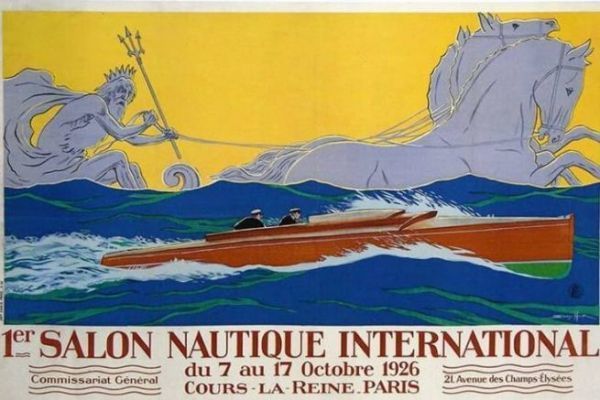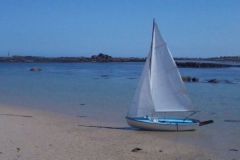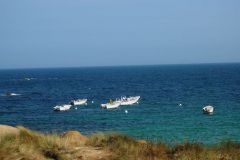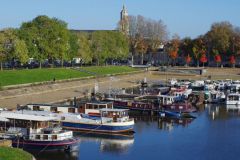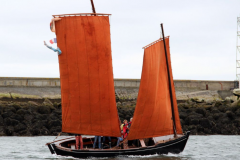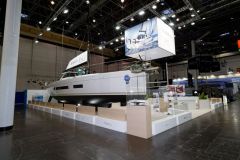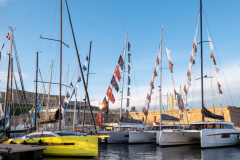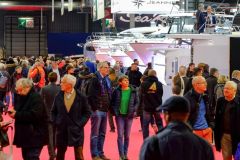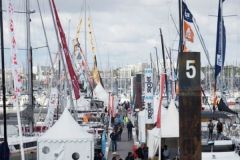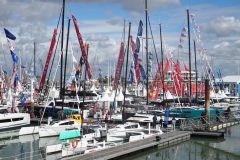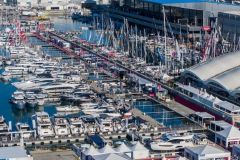The Boat Show is more than just an annual event. It's a witness to developments in the boating world, a showcase for expertise, and a stage for trends and technical breakthroughs. Since 1926, this Parisian gathering has become a key meeting place for manufacturers, equipment suppliers, sailors and the general public.
1926: first moorings at the foot of the Eiffel Tower
Lucien Rosengart, a jack-of-all-trades industrialist with a passion for propulsion, initiated the first Paris boat show. It was held on Quai Albert I and at the Grand Palais. People talked about motorboats, admired speed demonstrations on the Seine, and discovered the beginnings of water skiing. At the time, sailboats were secondary, and the motor still reigned supreme.
World War II brings back priorities
By the mid-1930s, Europe was becoming a powder keg. The 1939 edition was cancelled following the invasion of France. Yachting became a secondary activity for the French. The simple act of launching a dinghy was forbidden along most of the coastline. The occupying forces take over.
After the armistice, the show was relaunched in 1947, but focused on the Merchant Navy and the fleet of grey boats. This was not a time for tacking, but for rebuilding the country and its economy.
The 60s: the rise of modern yachting

In 1962, a turning point was reached with the relocation of the show to the CNIT in La Défense. More than 300 boats were exhibited over 23,000 square meters. Plastic made its first appearance in shipbuilding. Three years later, the image of General de Gaulle greeting Éric Tabarly remains engraved in the history of the show. The event becomes a veritable media and political stage.
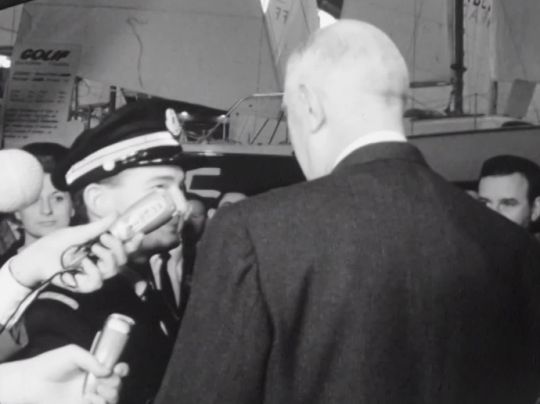
In the 80s, windsurfing and catamarans became the new popular sport. France was at the top of the world production league, with shipyards such as Bénéteau and Jeanneau. In 1987, the show presented no fewer than 92 new engine models. Links with the French overseas territories are strengthened: a live link with Guadeloupe allows visitors to follow the World Funkboard Championships from Paris.
Portes de Versailles: gigantism at the quayside
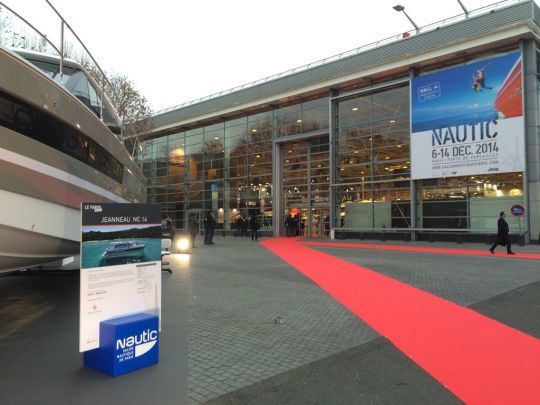
In 1988, the show moved to Porte de Versailles, covering more than 50,000 square meters. The logistical move became titanic, with exceptional convoys crossing the capital at night.

The calendar, drawn up at the end of the year, allows professionals to close the season's sales and launch the next one. For enthusiasts, it's also an opportunity to prepare for the summer, climb aboard new boats, or meet renowned skippers.

The show also becomes an initiation area, with basins for light sailing and stand-up paddle. In 2010, the first edition of Nautic Paddle brings together paddling enthusiasts in the middle of winter. By 2021, over 1,000 paddlers will be gliding down the Seine.
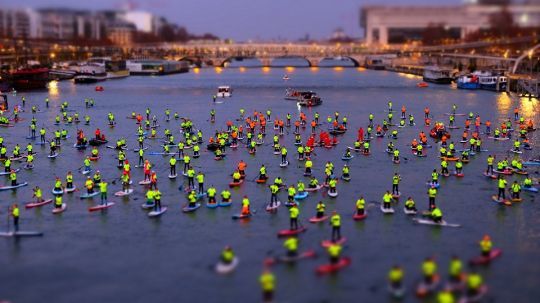
Covid and transition: setting a new course at Le Bourget
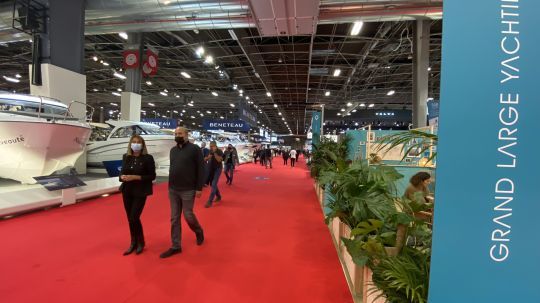
The health crisis upset the momentum: the 2023 and 2024 editions were cancelled. But the flame was not extinguished. In 2025, the Paris Nautic Show took up the torch at the Le Bourget exhibition center. This move symbolized a new beginning for the event, with a clear determination to involve all sectors of the yachting industry in a collective and renewed dynamic.
Jean-Paul Chapeleau, president of the new event, describes the show as "designed with and for the industry". It's a showcase for French expertise, a showcase for tomorrow's projects, and a continuation of a history that has kept the maritime heart of Paris beating for almost a century.

 /
/ 